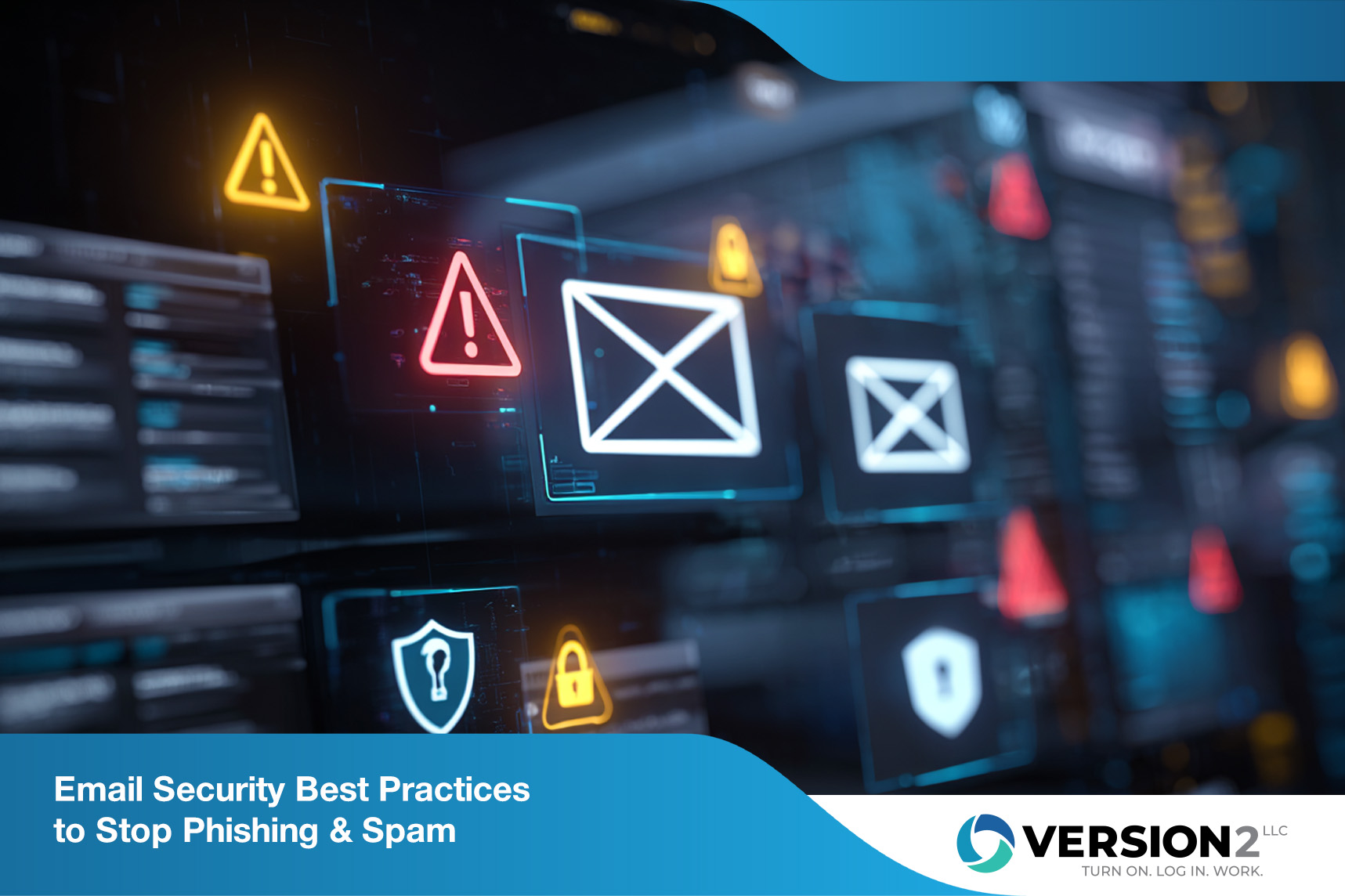
December 17, 2025
IT Budget Planning Guide: Prioritize, Forecast & Optimize
This guide to IT budget planning covers how to prioritize spending, forecast costs, and align your technology investments with business growth goals.
April 23, 2024
.webp)
Are you prepared to face a cybersecurity breach, a natural disaster or a system failure hitting your business. You are not alone.
Cyberattacks pose a real danger to businesses like yours and without a solid incident response plan, your business won’t be able to recover quickly, resulting in extensive losses.
Disruptive events can strike at any moment, causing chaos and confusion.
This blog is intended to show you common mistakes and misconceptions that often stop you from building a strong response plan. We'll also share some simple and straightforward solutions to enhance your incident response plan.

Avoid these mistakes to build a strong response plan
Mistake 1: Thinking cyber incidents only come from external attacks
Solution: Invest in your employees and set up a process
Mistake 2: Focusing only on technology
Solution: Build a complete response plan
Mistake 3: Not updating your response plan
Solution: Consistently review your response plan

The above-mentioned solutions will help you build a proactive incident response plan. However, it’s also a good strategy to take the help of experts if you don’t have the resources and tools. Consider partnering with an experienced IT service provider
Now that we have shared some common mistakes and misconceptions that often stop you from building a strong response plan, it's now time to share some simple and straightforward solutions to enhance your incident response plan.
Best practices for effective incident response planning
If you are uncertain about how to create or would like to review an incident response plan already created, consider talking with an experienced IT service provider. An experienced IT service provider, like ourselves, have the resources and tools to aid in building a proactive incident response plan for your company.

December 17, 2025
This guide to IT budget planning covers how to prioritize spending, forecast costs, and align your technology investments with business growth goals.

November 27, 2025
Learn how to master network firewall configuration, avoid common mistakes, and secure your systems with proper rules and policies.

November 26, 2025
Discover email security best practices to protect your business from phishing, spam, and other email threats. Learn practical steps and tools that work.